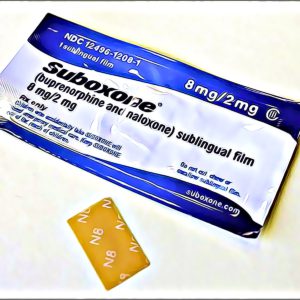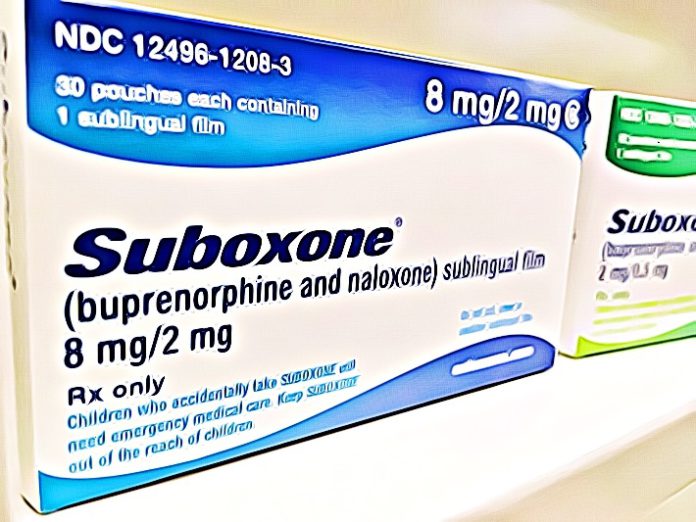Suboxone: a semi-synthetic opioid primarily used to treat an addiction to other opioids like heroin. Modeled after methadone which is also used to treat heroin addiction, these man-made drugs are controversial for a variety of reasons; but like any treatment method, Suboxone can be a useful tool in getting patients one step closer to a life of recovery. But you may be wondering, “how long will Suboxone stay in my system? Is it safe? How is it used?”
Whether you’re looking for information about suboxone usage for yourself or a loved one, having an unbiased, judgment-free place to find answers is of the utmost importance. The World Health Organization estimates 58 million people around the world have tried opioids, and 15 million of those people suffer from opioid dependency, making opioid addiction one of the largest public health crises to date.

How Suboxone is Used And How it Works
Suboxone helps reverse the side effects of heroin and prescription pain killers with two primary ingredients working in conjunction: buprenorphine and naloxone. It helps manage the symptoms of withdrawal when coming down and refraining from opioid use. Suboxone is unique in that it can be prescribed by a doctor. Because of this, it can be used at a start of treatment center or detox to help maintain an individual’s sobriety. Suboxone can be taken via film or tablet form. There are two phases to Suboxone, the withdrawal phase and the maintenance phase. By working closely with a doctor, individuals will taper down their levels of Suboxone until it is no longer needed to control withdrawal symptoms and urges.
How Long Can Suboxone Stay In Your System?
Studies show that the buprenorphine used in Suboxone has a particularly long elimination half-life compared to that of other opioids. Elimination half-life means the time that it takes for half of the dose of a drug to leave the body. In buprenorphine, this elimination half-life can last for 24 to 42 hours, and naloxone for 12 hours. This means that together, these ingredients can take upwards of eight days for the system to be completely cleared of Suboxone.
The metabolization process of Suboxone, like with any substance, varies from person to person based on a number of factors. Things that influence how fast Suboxone can be flushed out of one’s system include:
- Age
- Height and weight
- Speed of metabolism
- Body fat content
- The health of the liver
- Size of the last dosage
- Other medications being taken
Blood, urine, saliva, and hair follicle tests all having slightly varying times that the buprenorphine in Suboxone can be detected, but each type of test can detect buprenorphine in the system for days to weeks after the last dose has been taken.
However, metabolizing the Suboxone in the liver produces metabolites that can stay in the body even longer than the drug itself can, so producing a positive test for Suboxone after the eight days is not uncommon. This timeframe is slightly shorter than its counterpart, methadone, which can stay in an individual’s system for up to 13 days.

What Are The Risks With Taking Suboxone?
Because Suboxone is an opioid, it comes with the risk of addiction. Close monitoring of an individual being prescribed Suboxone is important to maintain a healthy dose.
Suboxone is a viable way to treat opioid use disorder but can stay in the system for much longer than one would think. Appropriate Suboxone usage along with moral support from others can help an individual be more successful in their recovery journey from opioid addiction. For more information on treating heroin or prescription pill addictions, find resources in your area that can help with opioid addiction; getting help is one of the first of many steps to recovery.
















